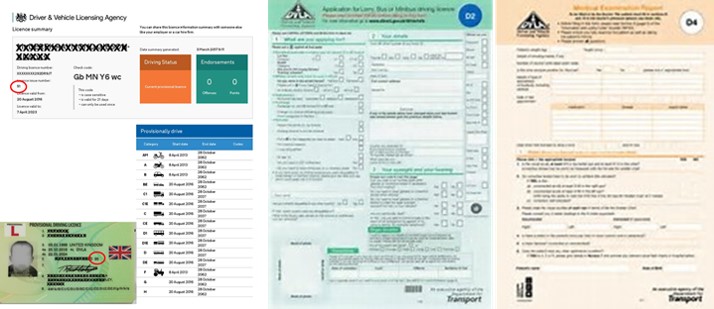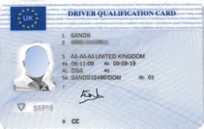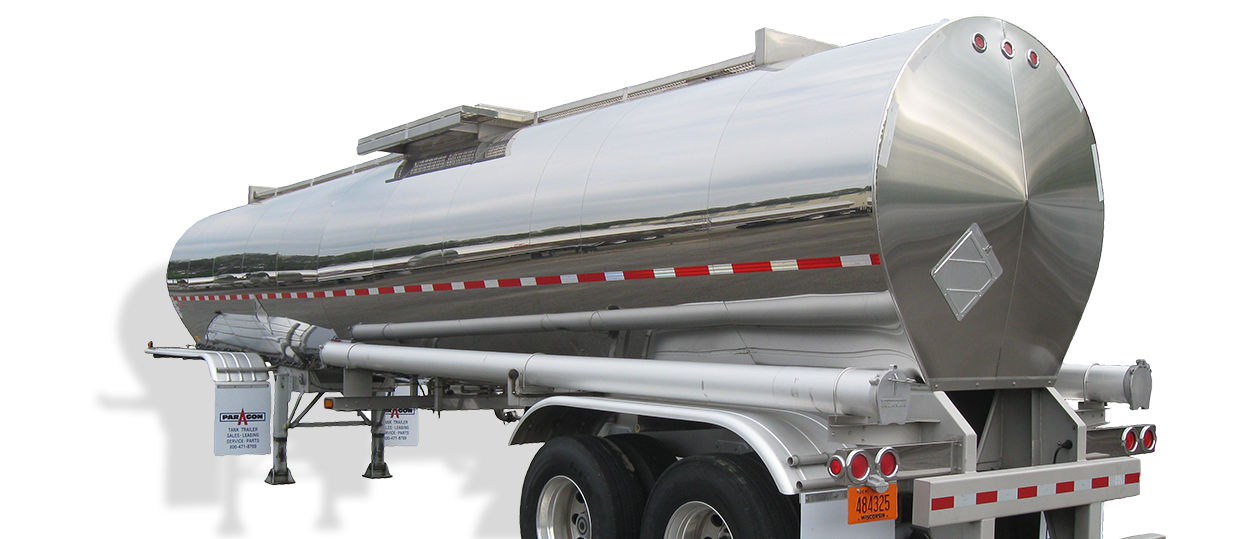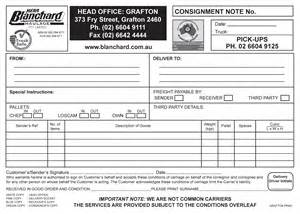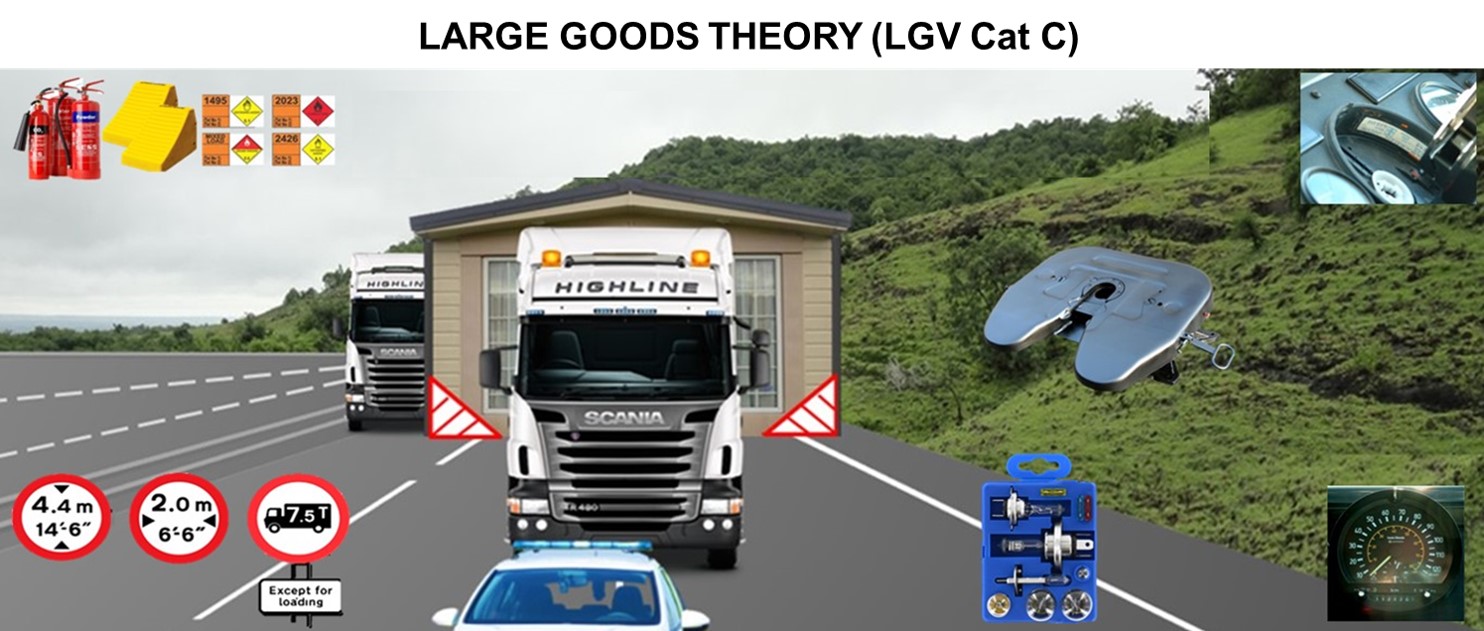LGV DOCUMENTS
Study the individual pictures; each one covers many questions that are to be found in the theory test. A detailed explanation is given under each picture.
OBTAINING A LGV DRIVING LICENCE
One of the first things you need to do if you are considering taking on a career as a large goods vehicle (LGV) driver is to obtain the correct licence categories. Before commencing on this journey you must hold a full category B (Car). If you have held a driving licence pre 1997 you might already hold a provisional entitlement under the old regulations. To check this you must log on to View my licence. You will need your Licence number, national insurance number and the post code on your licence.
https://www.gov.uk/view-driving-licence
Your provisional entitlements will be listed down the right hand side of the licence summary.
Once you have ascertained the information you can start the process.
Your first step is to visit your local post office to obtain a D2 licence application form. Included in the pack will be a medical examiners form (D4) which your doctor will have to complete and send off with your completed D2 application and driving licence. When filling your form out you must tick the correct provisional entitlement that you are going to train on. You may be prevented from obtaining a lorry or bus licence if you have partial blindness that has been uncorrected. Your visual acuity in each eye must not be less than 3/60. You can also be declined if you have suffered from mental disorders or have a heart problem.
When you have received your licence back from the DVSA, check that the details are correct and then proceed online to view your licence details to check that the provisional entitlement you applied for has been added. You will only be granted one provisional entitlement at a time and will need to apply for the next category when you have completed the training for the first one.
https://www.gov.uk/view-driving-licence
There are four parts that you will need to complete prior to taking on employment as an LGV driver,
Part 1 Cat C Theory, you must book your test at a local DVSA test centre.
Part 2 Key Skills, you must book your test at a local DVSA test Centre
Part 3 Practical Test
Part 4 Certificate of Professional Competence (CPC)
Once you have successfully completed all four parts you can then
apply for a Drivers qualification card from the DVSA.
Once you have received your drivers card, you can now apply for a
Digital tachograph driving card D777B.
The majority of vehicles use these instead of tachograph cards. You must carry your driver’s card, driving licence, insurance certificate and vehicle registration document whether driving in the UK or in Europe. However if you are working for a haulage contractor the insurance and registration document will be kept at home base unless driving in Europe. It is still down to you the driver to make sure that the vehicle that you are driving complies with the law. Driving without insurance carries a maximum £5,000 fine.
Every five years you must renew your CPC, this can be done in stages. You must complete 35 hours training prior to your certificate running out in blocks of no less than 7 hours.
When driving a vehicle with a dangerous or hazardous cargo, you will require an additional certificate; this is known as a vocational training certificate for carrying dangerous goods (ADR), To obtain this certificate you will need to undergo further training.
The certificate only lasts for five years. To renew it you will have to keep up to date with legislation and receive ongoing training by the correct training body.
You must make sure that the vehicle excise duty (Road tax) is paid and in date.
If you own your own truck but are not using it for a while for whatever reason, the same process for your car can be applied to your truck. You can notify the DVSA that your vehicle is off the road via a statutory off road notice (SORN). This can last up to 12 months.
You must make sure that the vehicle and trailer have current MOT’s, they last for 12 months. You will not get the first three years as you would on a car. LGVs must have an MOT every 12 months, this also includes the trailers. The MOT certificate is no longer displayed.
If you are carrying goods in Europe you will require a CMR consignment note.
You will require four copies, each of these copies will be distributed to the correct authority concerning the load with one copy being held by the driver.
If you are returning to the UK and about to board a ferry immigration officer may ask to see your documentation. The documentation you must produce immediately is:
Operator documentation. (vehicle owner)
Check your vehicle for Immigrants, if caught transporting them, you will face a £2,000 fine for each immigrant.
When driving in Europe you must carry your full driving licence.


